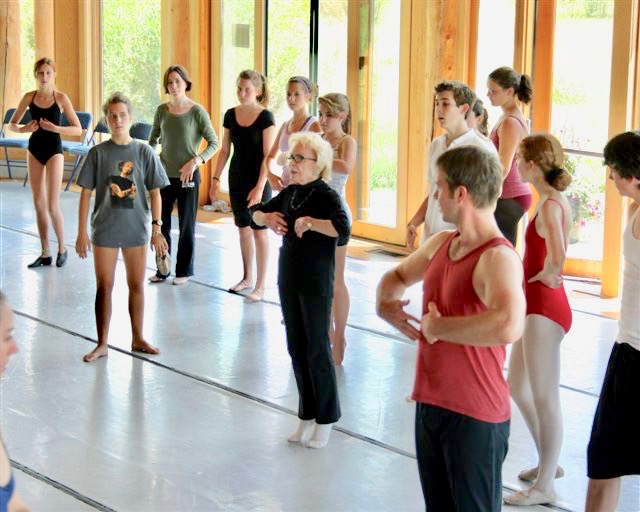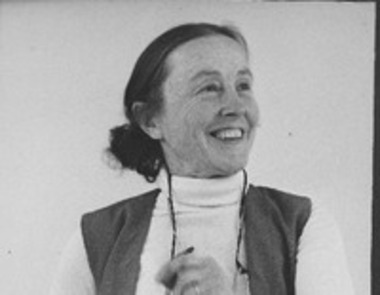Recently I signed up for an Introduction to Poetry class. Several things motivated me. We had begun a writer’s group where I live, and I thought I would like to share poems. I have loved poetry since I was a teenager, and I have choreographed many pieces to poems.
In our very first class the teacher introduced us to the form of elegy and used Walt Whitman’s O Captain! My Captain! as an example. After going over the format and purpose of the elegy, he asked us to write one. As I reread O Captain! My Captain! I began reflecting on the experience of being in Helen Tamiris’s Dance for Walt Whitman at Perry-Mansfield during the summer of 1958. That was a defining experience in helping me realize that I wanted a career in dance, and it had provided an excellent example of how poetry can inspire a piece of choreography.
When I look back over my career as a choreographer, I realize how often I turned to poetry as the stimulus for movement. That idea had been introduced to me by Helen Tamiris, so it was no surprise that I decided to do my elegy for her and to use the structure and rhyming pattern of O Captain! My Captain! as my model.
Elegy for Helen Tamiris
By JoAnne Tucker
A frayed program, carefully saved, recalls long ago days
There is still time to remember and sing your praise
You stood, arms outstretched, framed by aspen gently swaying
Directions given, challenges accepted, our energy outpouring,
Alas, a google search
Your name barely marked
Too many years have passed
Still a desire remains in my heart.
Those of us, hold tightly onto each other,
Make a chain, rock endlessly, calling the primal mother
We cannot forget, your teaching remains within us living
We have gone forth, as a curious child goes exploring.
Tamiris, O Tamiris
Fifty years since you departed
Your legacy begins to fade
Memories linger in my heart.
A legacy of movement and poetry continues still,
New writers and dancers passionate with strong will.
So this old crone will continue to sing your praise
Encourage, mentor and celebrate all my days
To dance to the spoken verse
To follow your pioneer art
Words carefully written
Danced from the heart

The first set of poems I choreographed was for a school program in Pittsburgh shortly after leaving Juilliard. The dancers were six high school students, and the program toured several elementary schools and won a Carnegie Award. Later I would continue to turn to poetry with the Avodah Dance Ensemble, and during my thirty years as Artist Director of that company, I created dances to a variety of different poems. The ones that stand out the most in my memory are:
- I Never Saw Another Butterfly, using poems written by children in the Terezin Concentration Camp
- Shema, incorporating poetry of Italian Holocaust survivor Primo Levi
- Let My People Go, based on James Weldon Johnson’s poem of the same title
- In the Garden, drawn from several poems in the collection Wine, Women and Death: Medieval Hebrew Poems on the Good Life, translated by Raymond Scheindlin
- Selichot Suite, a section of which uses Denise Levertov’s poem The Thread
I end by welcoming dancers and choreographers to share what poems they have enjoyed dancing to or creating movement for. If you haven’t used poetry and movement together, I strongly encourage you to try it!
[print_link]


















